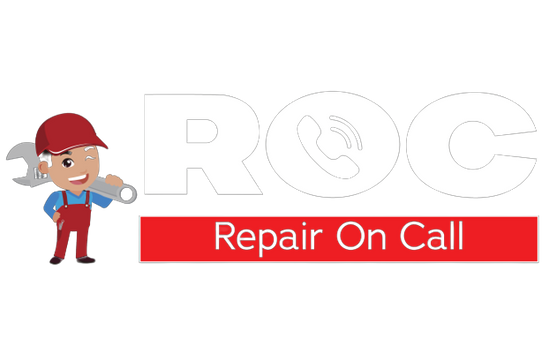How to Troubleshoot Common Appliance Problems

- Check Power Supply
- Ensure the appliance is plugged in and the outlet is working.
- Reset Circuit Breaker
- Check the circuit breaker and reset it if tripped.
- Inspect Fuses
- Replace any blown fuses in the appliance.
- Clean Filters
- Clean or replace filters in appliances like dryers and air conditioners.
5. Check Water Supply
- Ensure water valves are open and supply lines are not kinked.
6. Inspect Hoses
- Look for leaks or blockages in hoses for washers and dishwashers.
7. Test Door Seals
- Ensure door seals are intact and clean to prevent leaks.
8. Listen for Noises
- Unusual sounds can indicate a problem with moving parts.
9. Smell for Burning
- A burning smell can indicate electrical issues or overheating parts.
10. Examine Control Panels
- Check for unresponsive buttons or error codes on digital displays.
10. Balance the Appliance
- Ensure the appliance is level to prevent excessive vibration.
11. Inspect Belts
- Check belts for wear and replace if necessary.
12. Clear Blockages
- Remove any blockages from vents or drains.
13. Replace Batteries
- Replace batteries in remote controls or digital displays.
14. Defrost Freezers
- Manually defrost if there’s excessive ice buildup.
15. Check Thermostats
- Ensure thermostats are set correctly and functioning.
16. Inspect Heating Elements
- Look for visible damage or test for continuity.
17. Clean Coils
- Clean condenser coils on refrigerators and air conditioners.
18. Test Sensors
- Use a multimeter to test sensors for proper function.
19. Lubricate Moving Parts
- Lubricate parts like hinges and motors if they are stiff.
20. Check for Loose Connections
- Tighten any loose electrical connections.
21. Verify Settings
- Ensure settings are correct for the desired operation.
22. Inspect Fans
- Check for obstructions or damage to fans.
23. Run Diagnostic Mode
- Use built-in diagnostic modes if available.
24. Consult the Manual
- Refer to the appliance manual for specific troubleshooting steps.
